14,000 Homes In Kranji And A Transformed Woodlands — Will The North Become Singapore’s Next Hotspot?

Get The Property Insights Serious Buyers Read First: Join 50,000+ readers who rely on our weekly breakdowns of Singapore’s property market.
A seasoned content strategist with over 17 years in the real estate and financial journalism sectors, Ryan has built a reputation for transforming complex industry jargon into accessible knowledge. With a track record of writing and editing for leading financial platforms and publications, Ryan's expertise has been recognised across various media outlets. His role as a former content editor for 99.co and a co-host for CNA 938's Open House programme underscores his commitment to providing valuable insights into the property market.
Now that the NDP Rally 2025 speech is done, there are some interesting details to ponder. There are, for instance, no mentions of the SERS and VERS situation in the NDP Rally 2025 speech, but there is much more clarity on the HDB supply pipeline and the transformation of Singapore’s north. Then there’s the perennial issue of Singapore’s ageing population, which, barring the fountain of youth, is something that will only get worse. Here are our thoughts on how all these might affect the housing market in time:
1. Continued supply side solutions, but what we need is easier eligibility, not just more flats
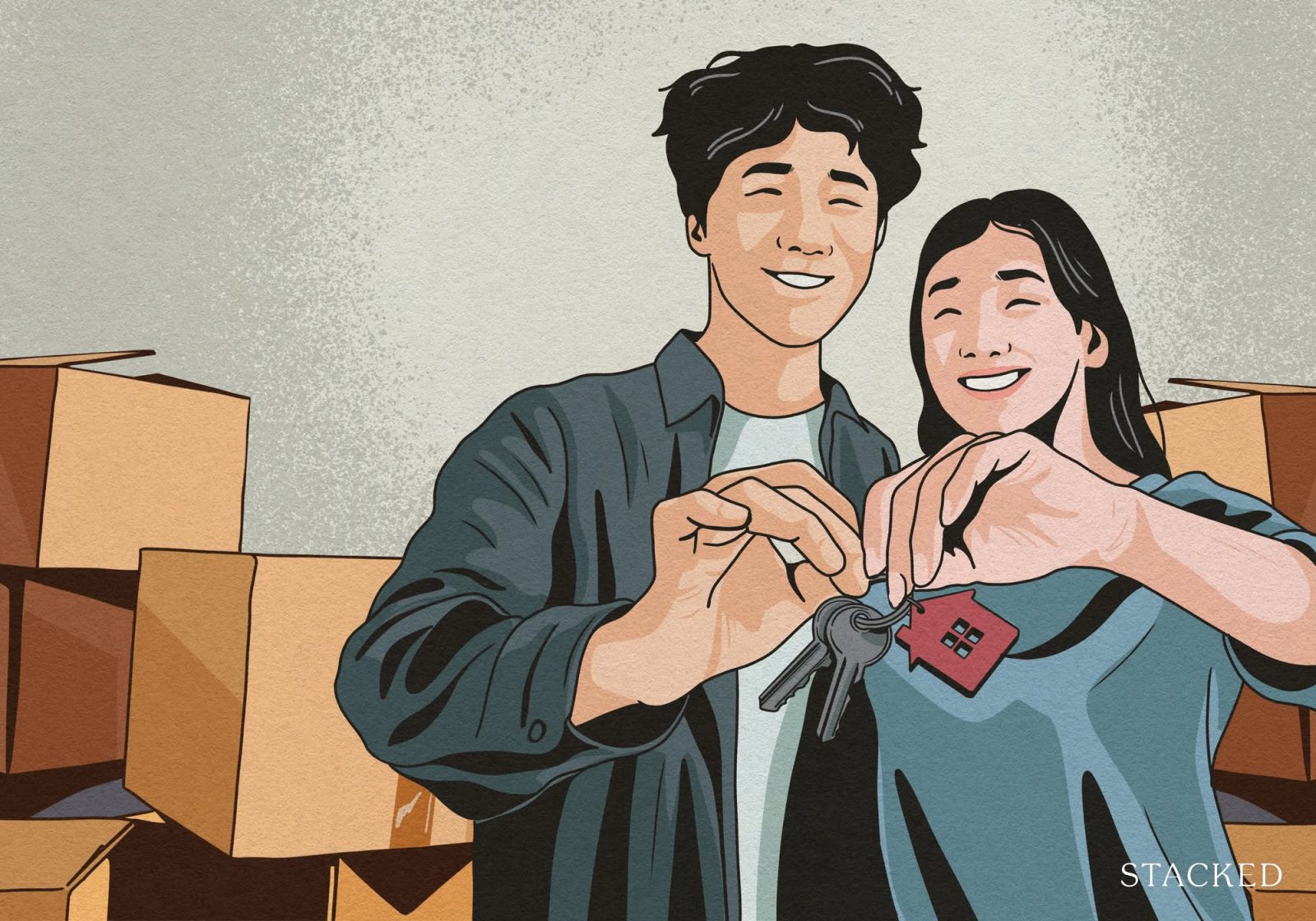
The announcement of more flats in the pipeline is, by now, a predictable inclusion in most NDP Rally speeches. Looking back from 2021 to 2023, this was about the COVID backlog and rising construction costs; but we’re still on the same topic this year:
In 2021, the assurance was: “We will catch up on the BTO construction delays. You may have to wait a bit longer, but your flat will come.”
Last year, during PM Wong’s first National Day Rally, we saw the same theme emphasised: “We are on track to clear the pandemic backlog, and the new Prime/Plus model will ensure affordability for young families,” while also teasing the “Northern Gateway” potential in Woodlands with the Johor–Singapore RTS, but without committing to housing numbers or town-scale redevelopment yet.
This year, the rally speech was noticeably different in scale and specificity. The latest speech has put numbers to entirely new towns, with “around 4,000 HDB units in a new ‘Housing by the Woods’ precinct in Woodlands,” followed by “a new public housing estate here in Kranji… space for 14,000 new homes – more than Bidadari new town.”
We get the message by now; there are lots of flats available, or will soon be
This is definitely a plus point, and a sterling performance by HDB. Few other housing markets would have dealt with post-COVID shortages as efficiently as we have.
And yet on the ground, we’ve noticed a certain jaded response to this. This is especially true for singles, including couples who can’t be legally married.
On the plus side, singles are no longer restricted by mature and non-mature estates. But singles are still hampered by the same old rules, like the age limitations. There was mention of the BTO income ceiling and the age floor for singles being reviewed, so we had expected some details during the speech, but it wasn’t to be. Perhaps it will come soon anyway, as it’s much needed.
We understand the pro-family angle of the government; but in all fairness, singles contribute just as much to the economy and overall nation building. These repeated announcements of “more flats” largely gloss over their issues. If they aren’t eligible, then there could be 28,000 more flats in Kranji, and they’ll still be forced into long-term renting. So a degree of disappointment here is understandable.
Then there’s the issue of rising private home prices, which threatens to result in a new sandwich class. We’ve pointed this out already with regard to Executive Condominiums (ECs). But with some new launch two-bedders now reaching around $1.8 million, families who slightly bust the HDB income ceiling ($14,000 per month) may soon feel the pinch.
Take a household earning $16,000 a month. On paper, they’re over the HDB income cap and so must look to the private market. But in practice, a $1.8 million condo is still a stretch. At four per cent interest rates* for 25 years, and with a 75 per cent loan, their monthly repayments would easily cross $7,000. That’s close to half their gross income, before you even account for taxes and maintenance fees – and this is, again, for a two-bedder (or compact three-bedder).
Left unchecked, we could soon see more Singaporeans who are “too rich” for HDB, yet not really well-off enough to handle private condo prices without strain.
Perhaps what we need is not just more flats, but increased accessibility to those flats. Higher income ceilings and lowered eligibility conditions for singles might be worth considering at this point.
*Four per cent is the floor rate used to calculate TDSR limits, and is applied even though the actual interest rate may be lower.
More from Stacked
Your Home Isn’t Selling In 2025? Here’s When It Is Better To Accept A Lower Price
One of the worst feelings in the world is getting no responses to your listing, even if you’re in the…
2. Dealing with Singapore becoming “super-aged”
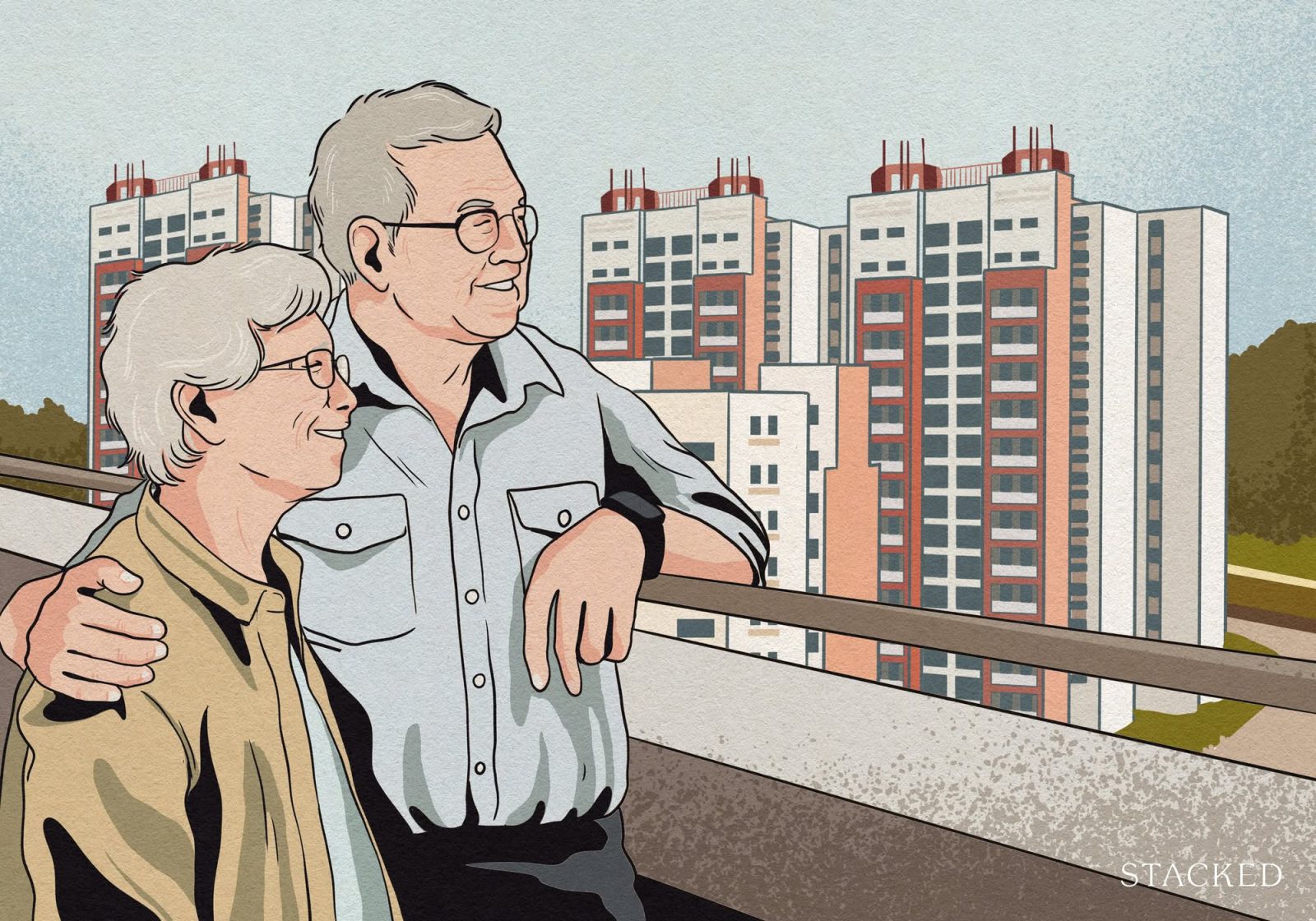
By next year, around 21 per cent of Singaporeans will be past the age of 65. This makes us a super-aged nation by UN standards. The government has put in a good range of policies and changes to brace for this, such as Community Care Apartments (CCAs) and Age Well neighbourhoods.
However, the ageing issue will tie in with VERS complications. We now know that when flats reach 70 years of age, consensus will be sought to sell them back early to the government, in the form of VERS. We don’t know about the compensation scheme, but it’s besides the point, compared to the upheaval among seniors.
Even if there’s enough money for a replacement home, how are we going to deal with the fact that 70+ year old seniors, or perhaps older, are not in a position to move? Forcing them out just on the basis of a majority vote seems harsh; no one wants to be suddenly disconnected from familiar surroundings and neighbours at that age.
(One might also say there’s a certain irony in all this: on one hand, Singapore is investing heavily in Age Well Neighbourhoods to help seniors stay put. On the other hand, VERS could oblige residents to leave, if consensus is achieved!)
We may need to back up VERS with automatic rehousing in the same estate or neighbourhood for certain seniors, so that social networks and familiar amenities remain intact. This should probably be factored into our long-term planning for the elderly, although it remains true that CCAs are a more immediate priority.
3. The North as Singapore’s new growth story
One of the biggest takeaways from this year’s Rally is the government’s commitment to transform the North. The biggest example is Woodlands, where the checkpoint expansion and RTS Link to Johor Bahru will make the town a critical gateway to the upcoming SEZ.
Kranji, too, are striking. Redeveloping the former Turf Club into a 130-hectare HDB town, with 14,000 homes in the pipeline, is a clear signal that the government intends to “densify with greenery” in the North. Sembawang Shipyard, set to become a waterfront lifestyle district, resembles what was done in Punggol or Keppel Bay; but the emphasis on maritime heritage could give Sembawang a more distinctive identity.
We do ponder if this could result in a rush of investment-minded buyers into the North. One key question now is whether the influx of new flats will counterbalance rising demand for resale flats in targeted estates like Woodlands. We’ve been saying for some time that we may be seeing the end of “cheap” Woodlands, and this may be the final milestone.
In any case, it’s clear the next big growth story is no longer the East (Changi, Paya Lebar) or the Central fringe (Bidadari, Bishan). For the next decade, the North is where the action will be.
Another possible consequence will be a surge of Singaporeans buying private homes across the causeway.
With the price gap between Singapore and Malaysian properties being huge, and the RTS providing easier access, the allure is obvious. For the price of a two-bedder in Singapore (now around $1.8 million), buyers can get a much larger family unit (or multiple units) in Johor. That creates the prospect of a new “sell one, buy two” phenomenon – except this time, the second property won’t be in Singapore.
Households squeezed out of HDB eligibility and priced out of Singapore condos could also increasingly look across the causeway, redirecting both capital and family life. The long-term impact will hinge on the SEZ’s success: if Johor truly develops into a complementary economy with good schools, hospitals, and jobs – not just cheaper condos – then cross-border living could become mainstream.
In that scenario, Singapore’s own northern towns will have to compete not just with each other, but with an alternative housing market minutes away by the RTS.
For more on the situation as it unfolds, follow us on Stacked. If you’d like to get in touch for a more in-depth consultation, you can do so here.
Ryan J. Ong
A seasoned content strategist with over 17 years in the real estate and financial journalism sectors, Ryan has built a reputation for transforming complex industry jargon into accessible knowledge. With a track record of writing and editing for leading financial platforms and publications, Ryan's expertise has been recognised across various media outlets. His role as a former content editor for 99.co and a co-host for CNA 938's Open House programme underscores his commitment to providing valuable insights into the property market.Read next from Singapore Property News
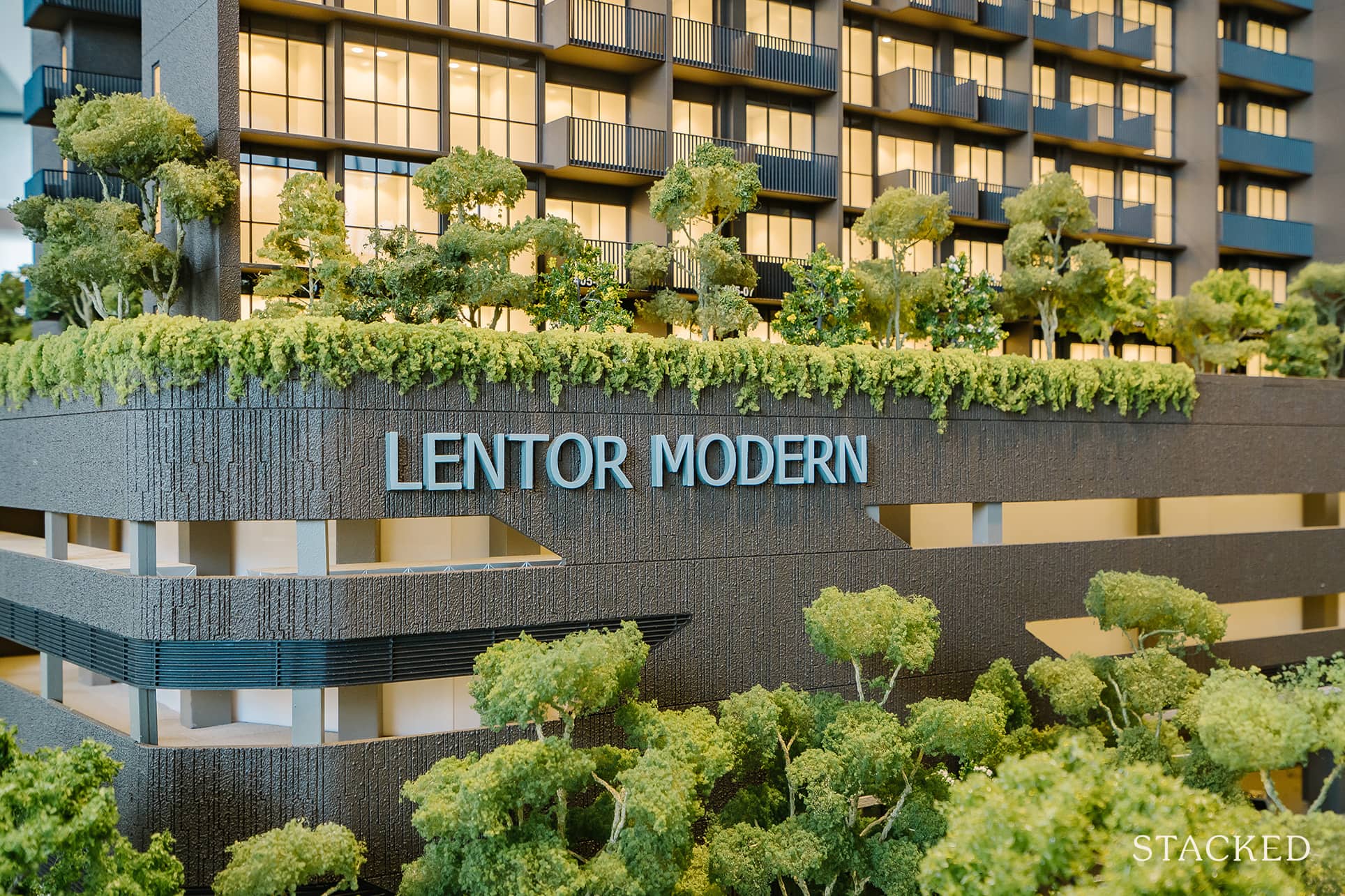
Singapore Property News Lentor’s First Condo Is Complete — The Early Profits May Surprise You
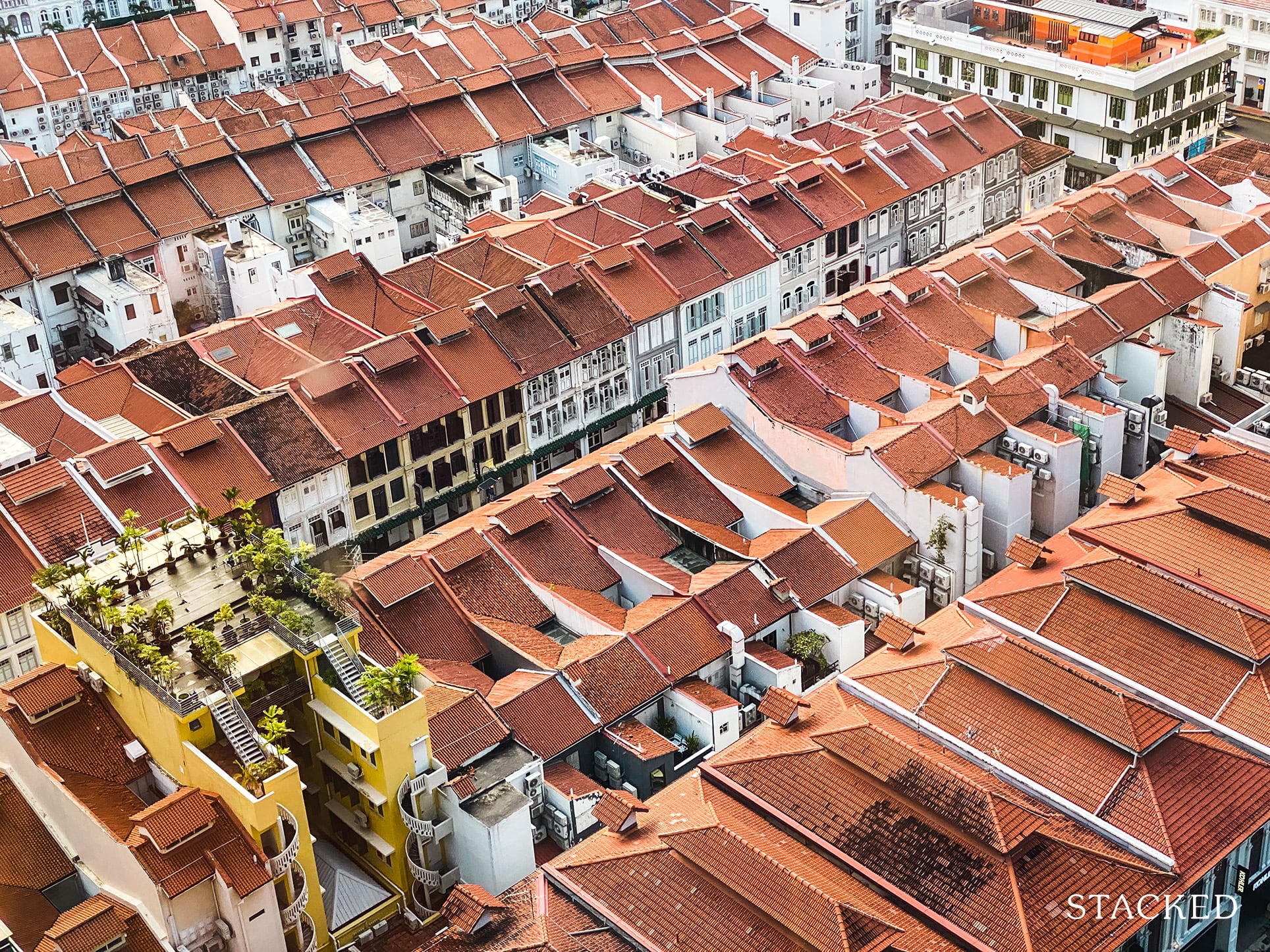
Singapore Property News $281.2M in Singapore Shophouse Deals in 2H2025 — But That Number Doesn’t Tell the Full Story

Singapore Property News CapitaLand–UOL’s $1.5 Billion Hougang Central Bid May Put Future Prices Above $2,500 PSF
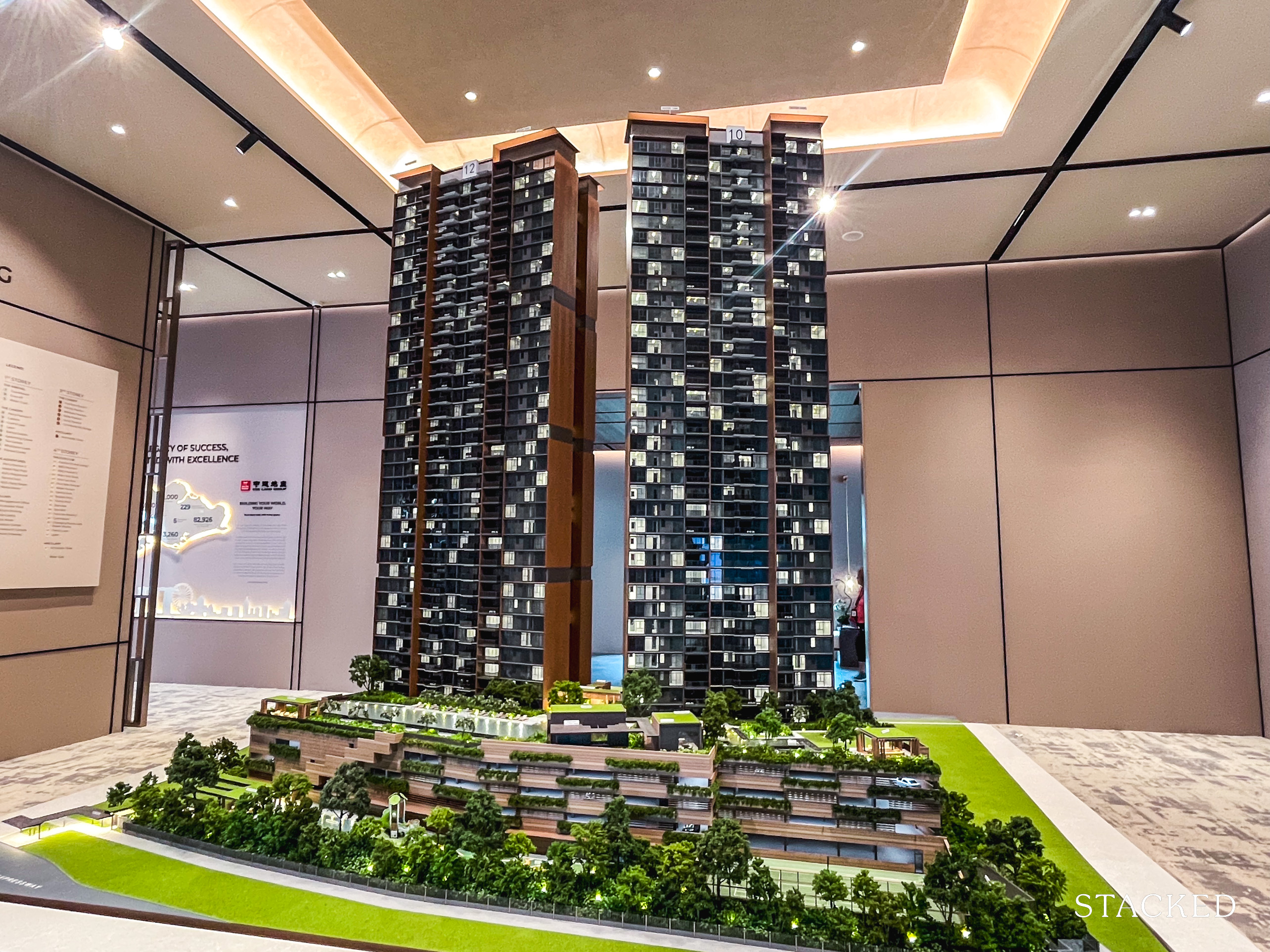
Singapore Property News Why New Condo Sales Fell 87% In November (And Why It’s Not a Red Flag)
Latest Posts
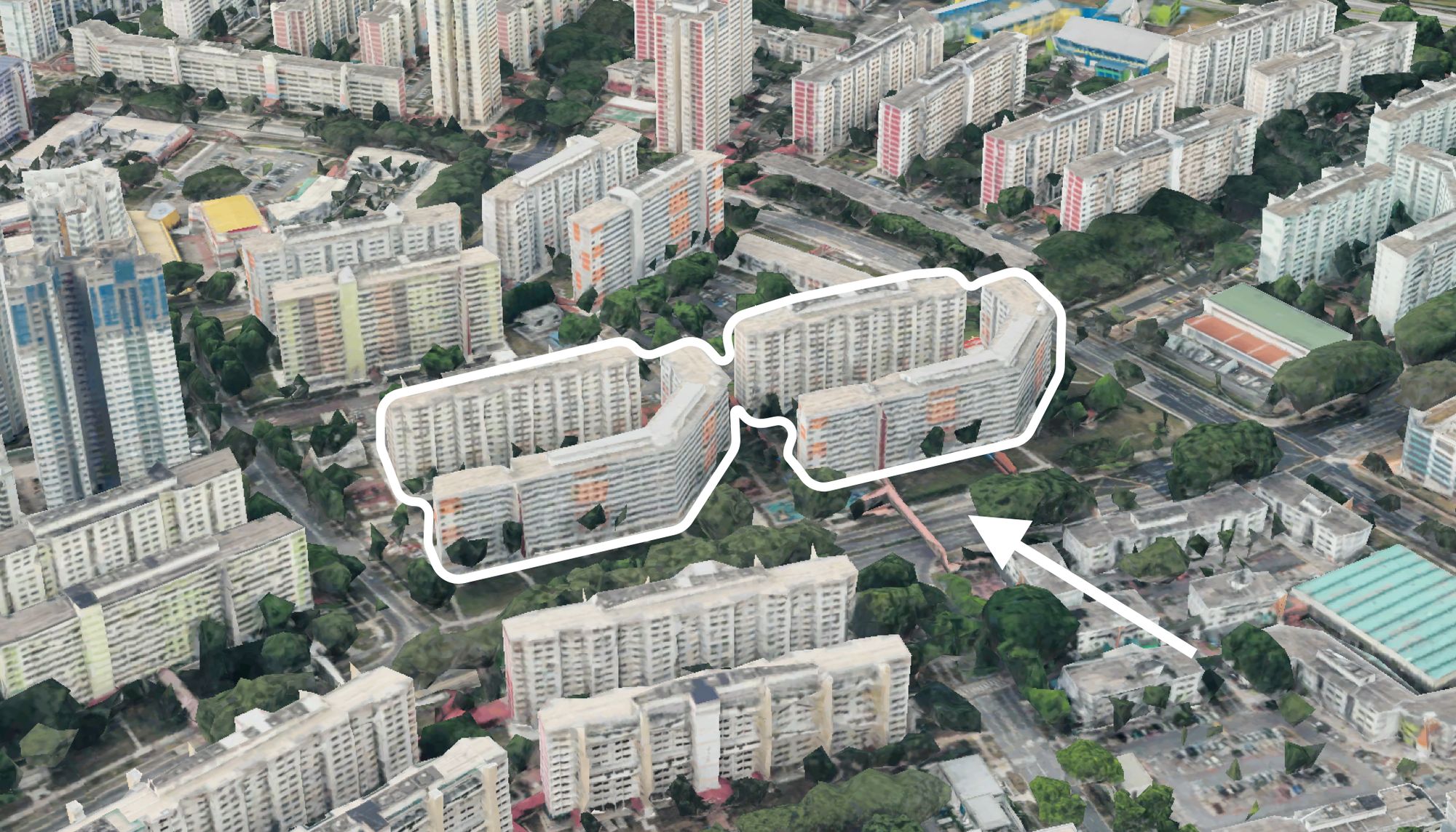
On The Market Here Are The Cheapest 4-Room HDB Flats in Central Singapore You Can Still Buy From $490K
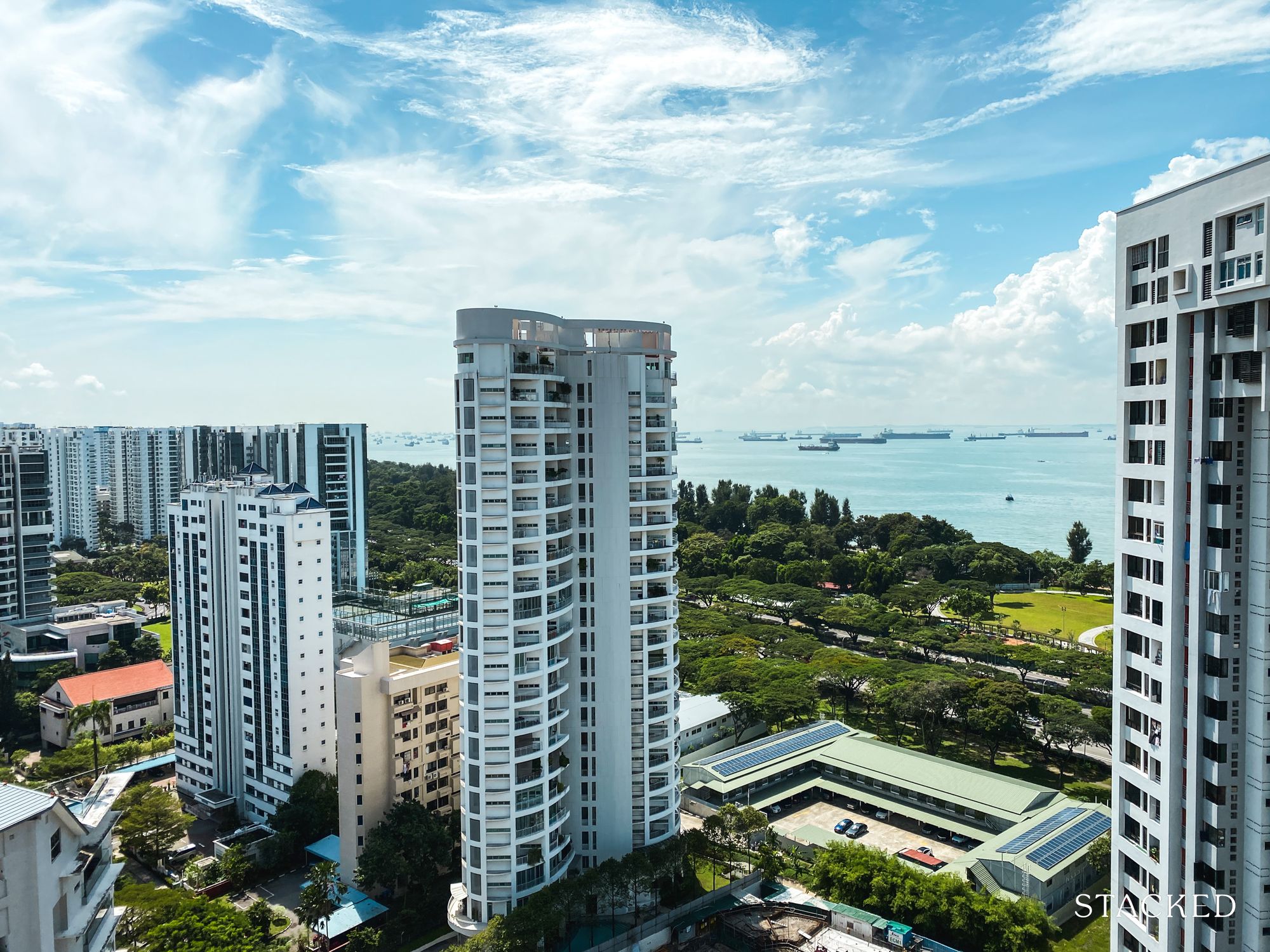
Editor's Pick Should We Buy An Old 99-Year Leasehold Condo To Live In: Will It’s Value Fall When The Lease Runs Out?
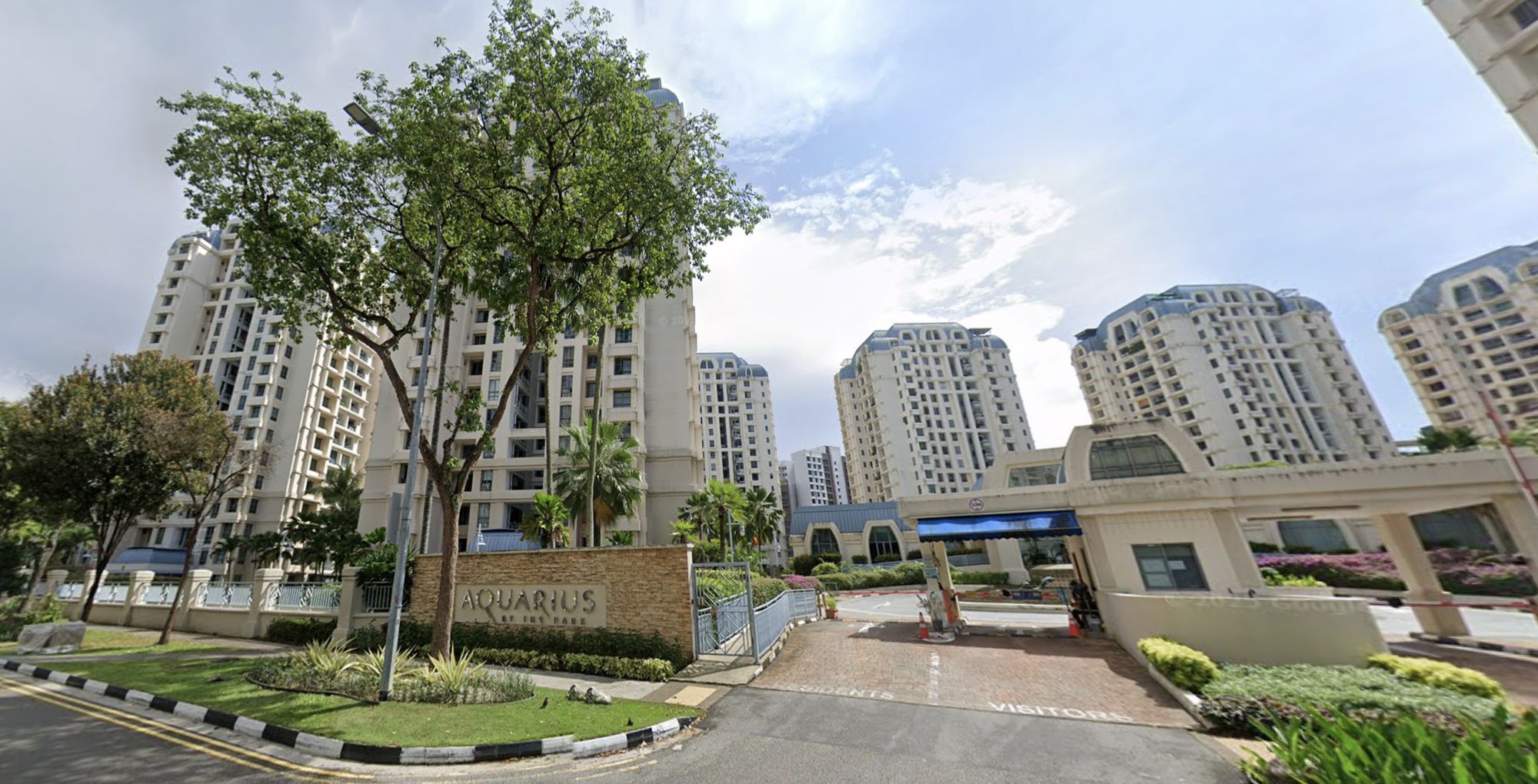
Pro How A Once “Ulu” Condo Launched In 1997 Became A Top Performer

Editor's Pick I Reviewed A New Launch 4-Bedroom Penthouse At Beauty World
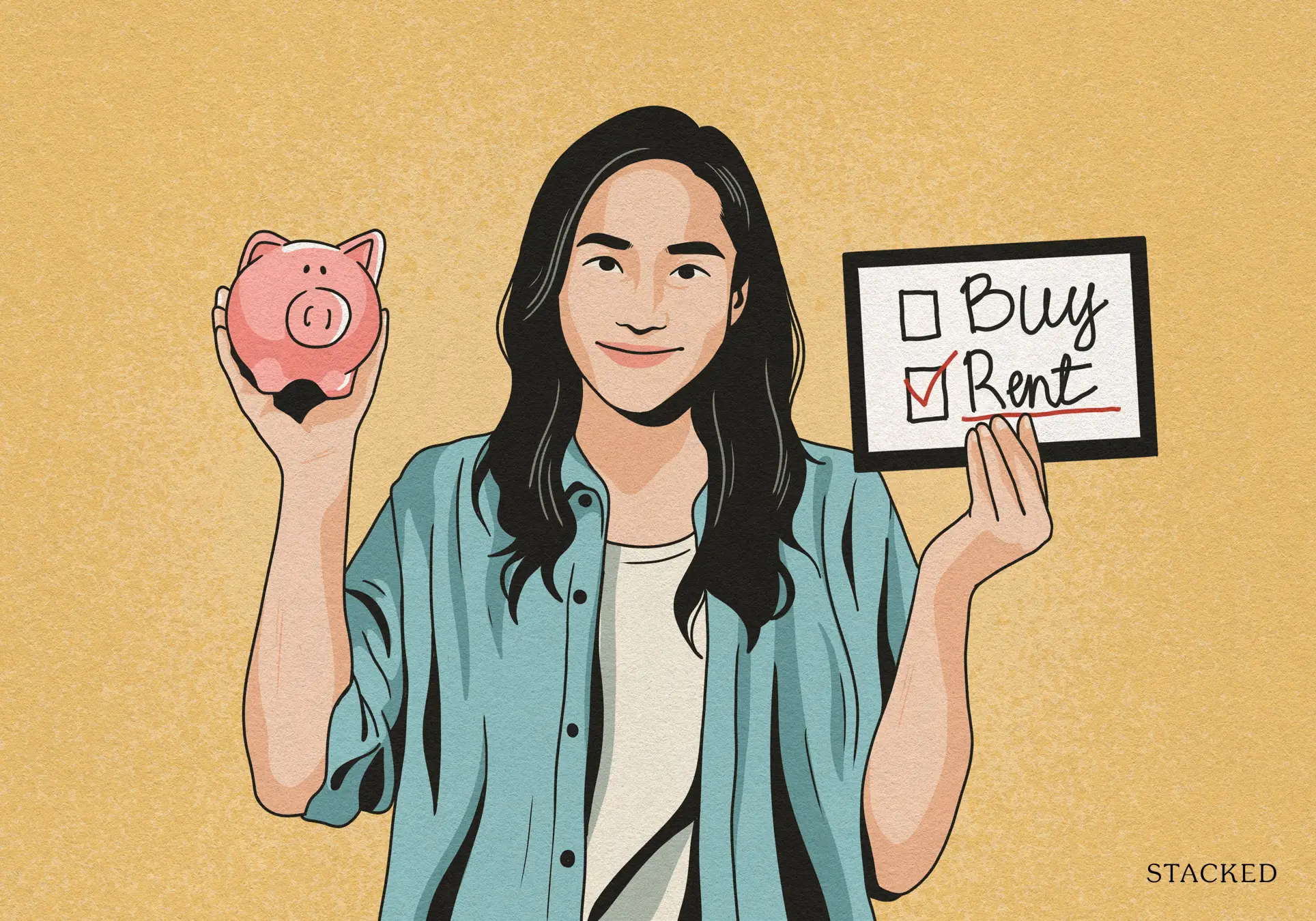
Property Market Commentary When Renting In Singapore Is The Smarter Move — And Buying Can Wait

Editor's Pick Why Singaporean Families Are Looking At This Landed Enclave From Around $4M
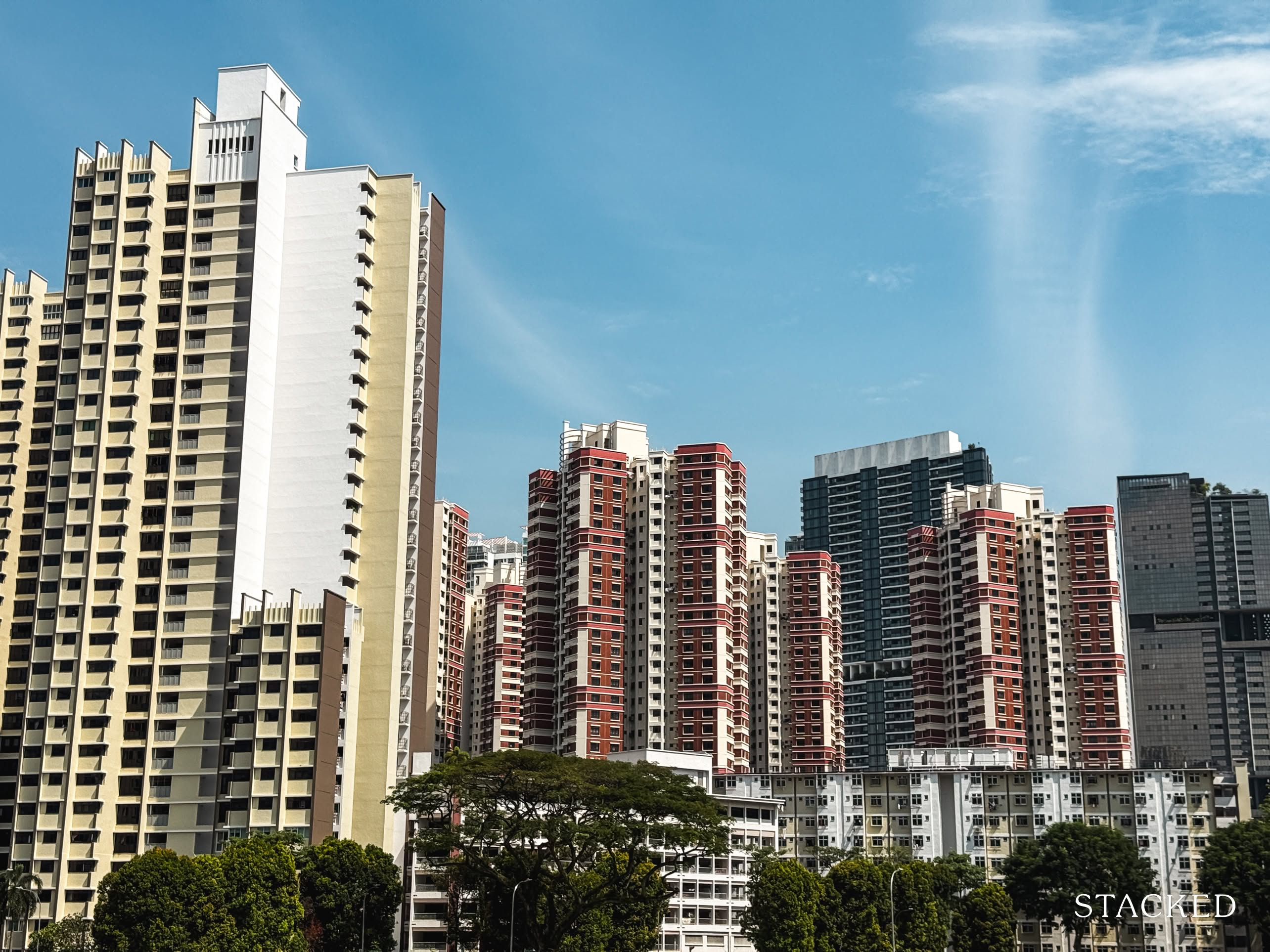
Editor's Pick A Wave Of New HDB Resale Supply Is Coming In 2026: Here’s Where To Find Them
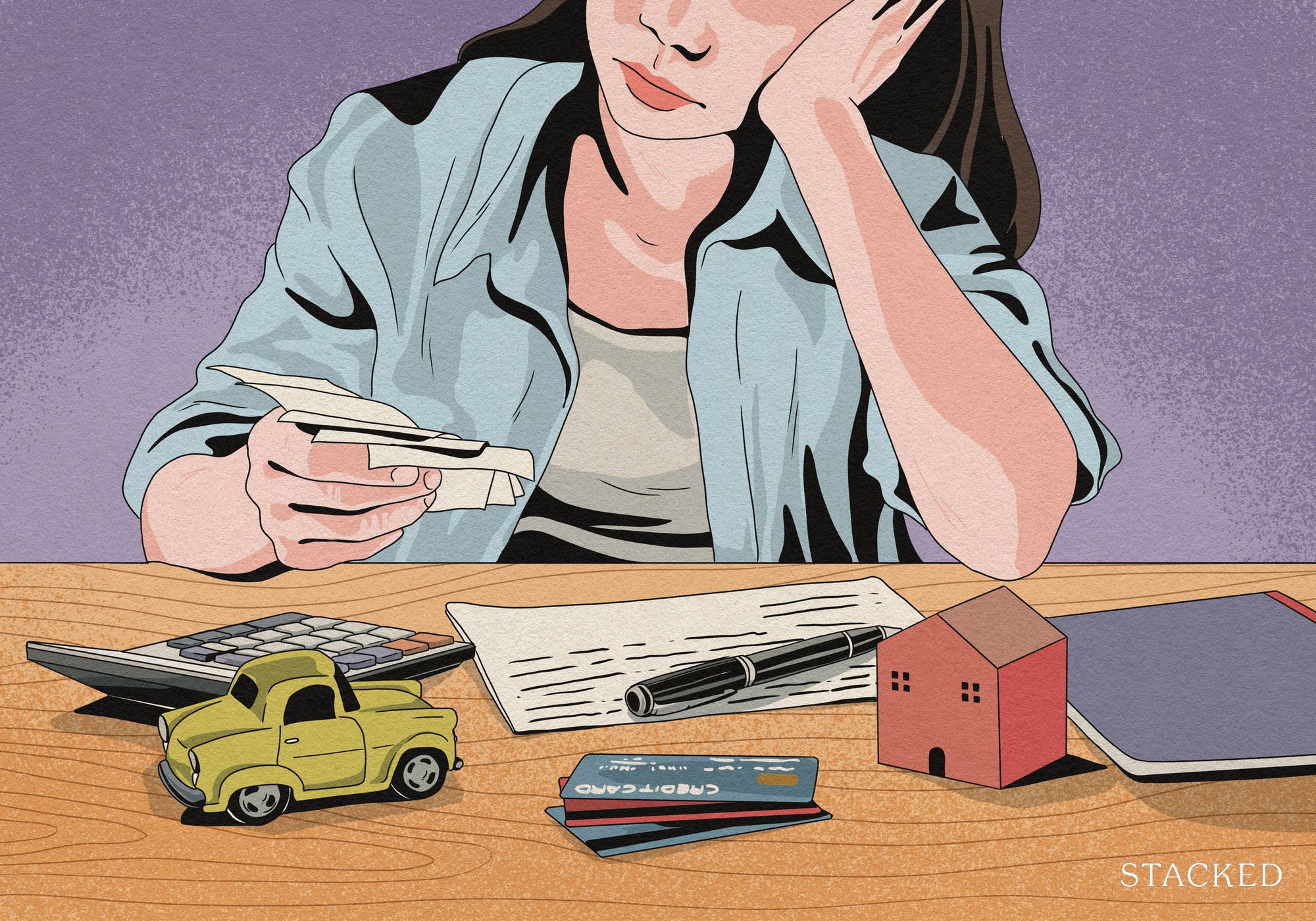
Property Advice We Own A $800K 1-Bedder And A $1.1M 3-Bedder: Is It Possible To Upgrade To A 4-Bedder Condo?
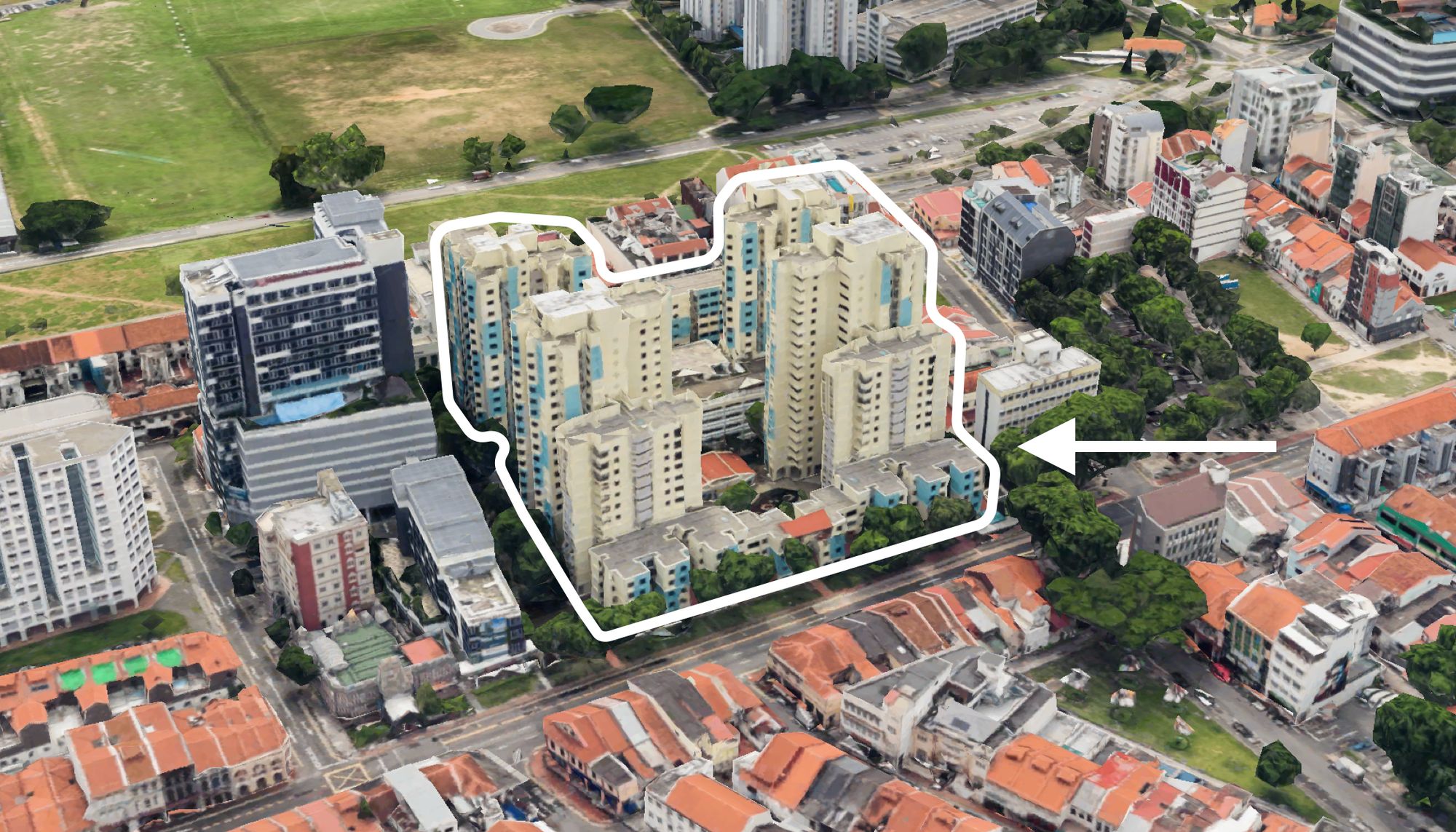
On The Market These Are Some Of The Cheapest 5-Room HDB Flats Left In Central Singapore
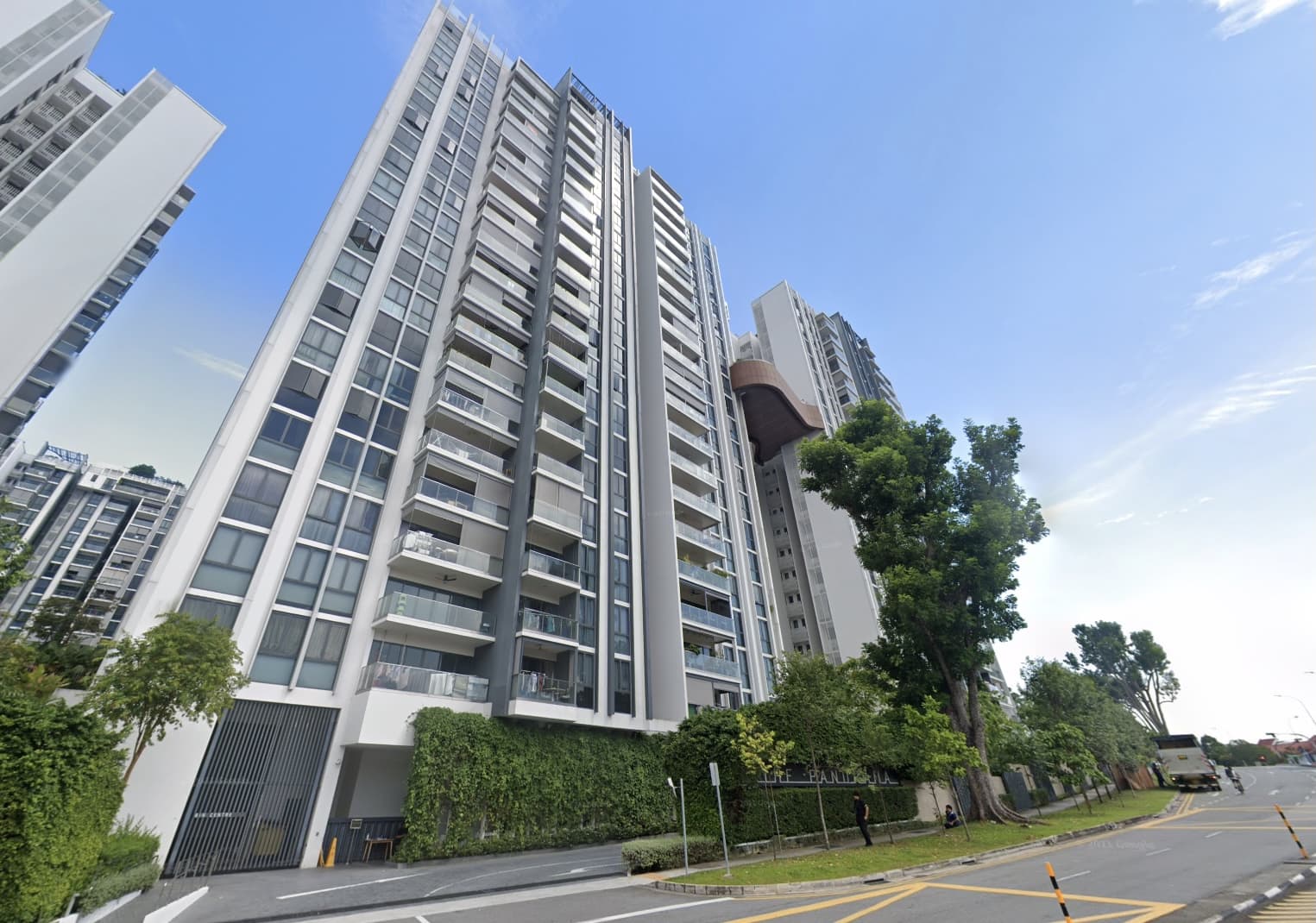
Pro This 698-Unit Ang Mo Kio Condo Launched At The Wrong Time — And Still Outperformed Peers
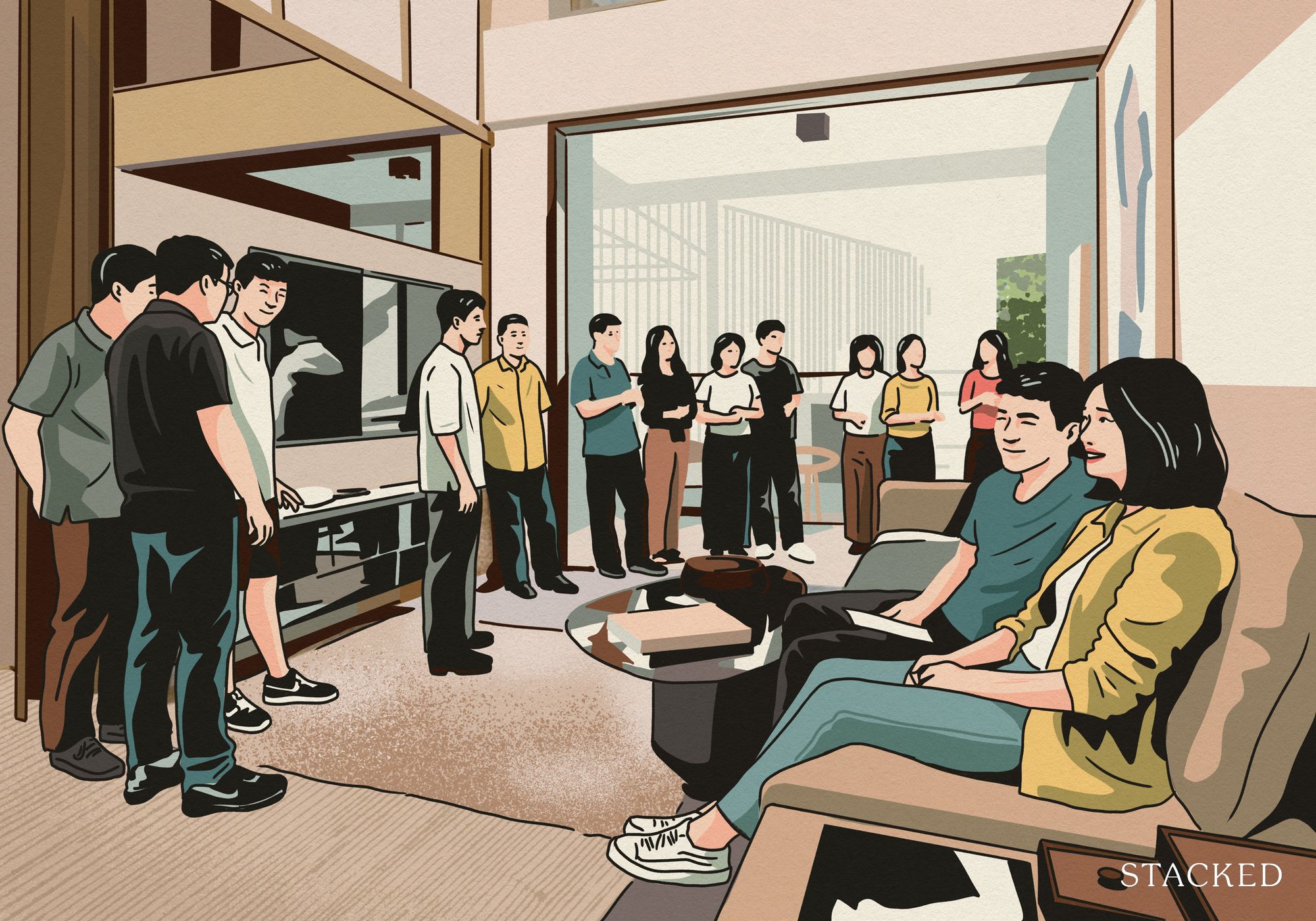
Property Market Commentary 5 Key Features Buyers Should Expect in 2026 New Launch Condos
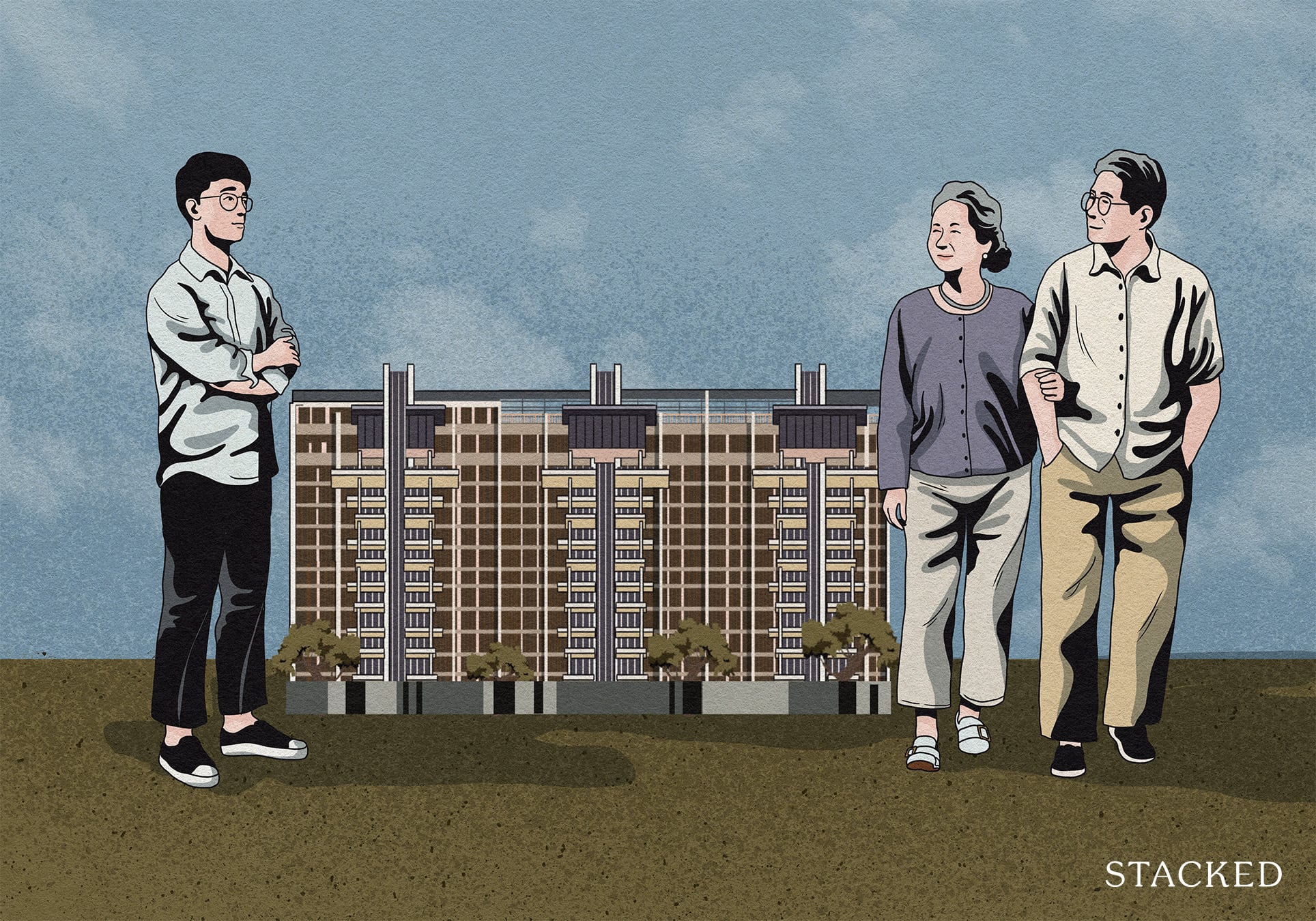
Editor's Pick What “Lucky” Singaporean Homebuyers Used To Get Away With — That You Can’t Today

Property Investment Insights These Resale Condos In Singapore Were The Top Performers In 2025 — And Not All Were Obvious Winners

Pro How A 944-Unit Mega-Condo In Pasir Ris Ended Up Beating The Market

Property Investment Insights What Changed In Singapore’s Property Market In 2025 — And Why It Matters


